Artificial Intelligence (AI) is making waves in various industries by helping them optimize their processes efficiently. It can even learn and generate relevant responses in human language.
But, how? It is through the quiet power of Large Language Models (LLMs).
Also, you would have at least interacted once with models like GPT, Claude, and Gemini. These are all nothing, but excellent large language models trained using huge datasets that help them execute various language-related activities.
So, are you excited to know more about LLMs and why are they so important? This guide will introduce you to the world of LLM integration.
You will learn how these models fit into AI-powered systems, turning raw data into actionable insights. Whether you are a developer or just curious, this is not just about coding—it is about shaping the future. Let us get going.
Understanding LLMs (Large Language Models)
LLMs are advanced AI systems designed to process and generate human-like text. These models are trained on massive datasets, enabling them to understand context, predict responses, and even create original content.
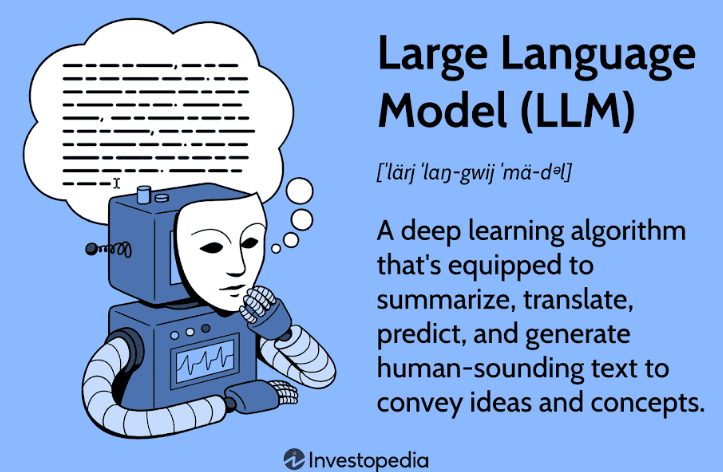
They are the foundation behind some of the best AI tools like chatbots, recommendation systems, and automated content creation, making LLM integration indispensable for modern AI development.
What are LLMs?
LLMs are algorithms trained on enormous volumes of text data. They work by analyzing patterns in language, enabling them to mimic human communication.
They analyze numerous examples and learn to distinguish one word from the other. These models can also describe those words.
Simply put, LLMs cannot predict or understand anything by analyzing a single sentence. They consider trillions of sentences before they finally master the skill of completing sentences or predicting them on their own.
This predictive power is what makes these LLMs versatile for tasks requiring language understanding and content generation.
Exploring the Architecture of LLMs
LLMs comprise several layers of neural networks similar to a human brain. While neurons are interconnected and send signals to each other in the human brain, it is the network nodes that are interconnected in neural networks.
They have several layers like the input layer, output layer, and some layers in between. Each layer can process data and provide outputs. Not all outputs are passed on to the next layer, but only those that fulfill a particular condition.
This helps the other layers to receive only the relevant information, which improves the efficiency of the model.
Transformer Models
This is the most common architecture in LLMs and interacts similarly to humans. It allows the model to perform efficient text generation.
There is also a notable feature in this model known as the attention mechanism. It allows the model to focus on various parts of a sentence to get a better understanding of the context.
Let us consider an example to understand this model better. When you are watching a movie, though you will want to watch all the scenes, your focus will be more on important scenes that form the crux of the story.
Similarly, these models focus on the most relevant parts of the text to understand the context and provide meaningful responses.
Training an LLM
Large learning models have to be trained using the process below to attain some general capabilities before they can unleash their full potential. Let us get started.
Data Collection
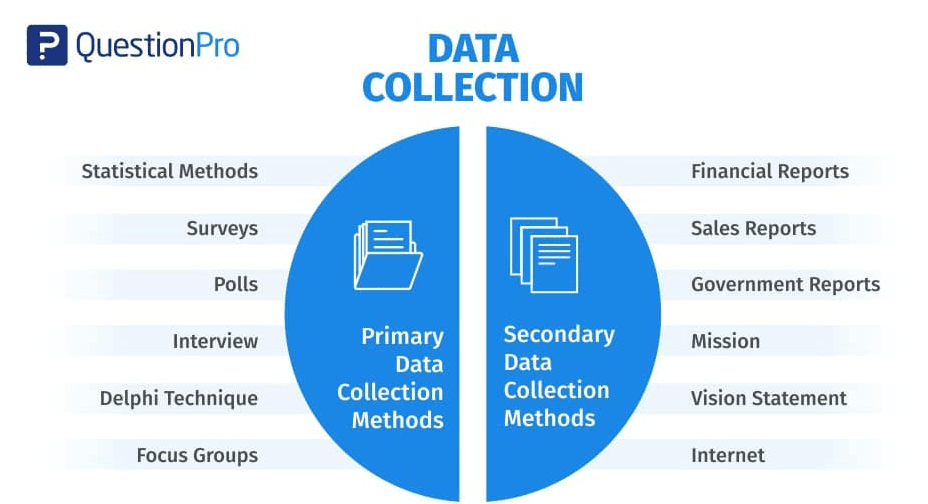
This is the first step where more than millions of text documents are collected from various sources like ebooks, websites, research papers, etc. This is how a foundation is laid for the model to start learning.
Learning Patterns
In this step, the collected data is analyzed by the models to recognize and learn patterns in the text.
The patterns cover grammar rules, the connection between words, and contextual relationships. The model processes everything and understands the workings of the language.
Fine-Tuning
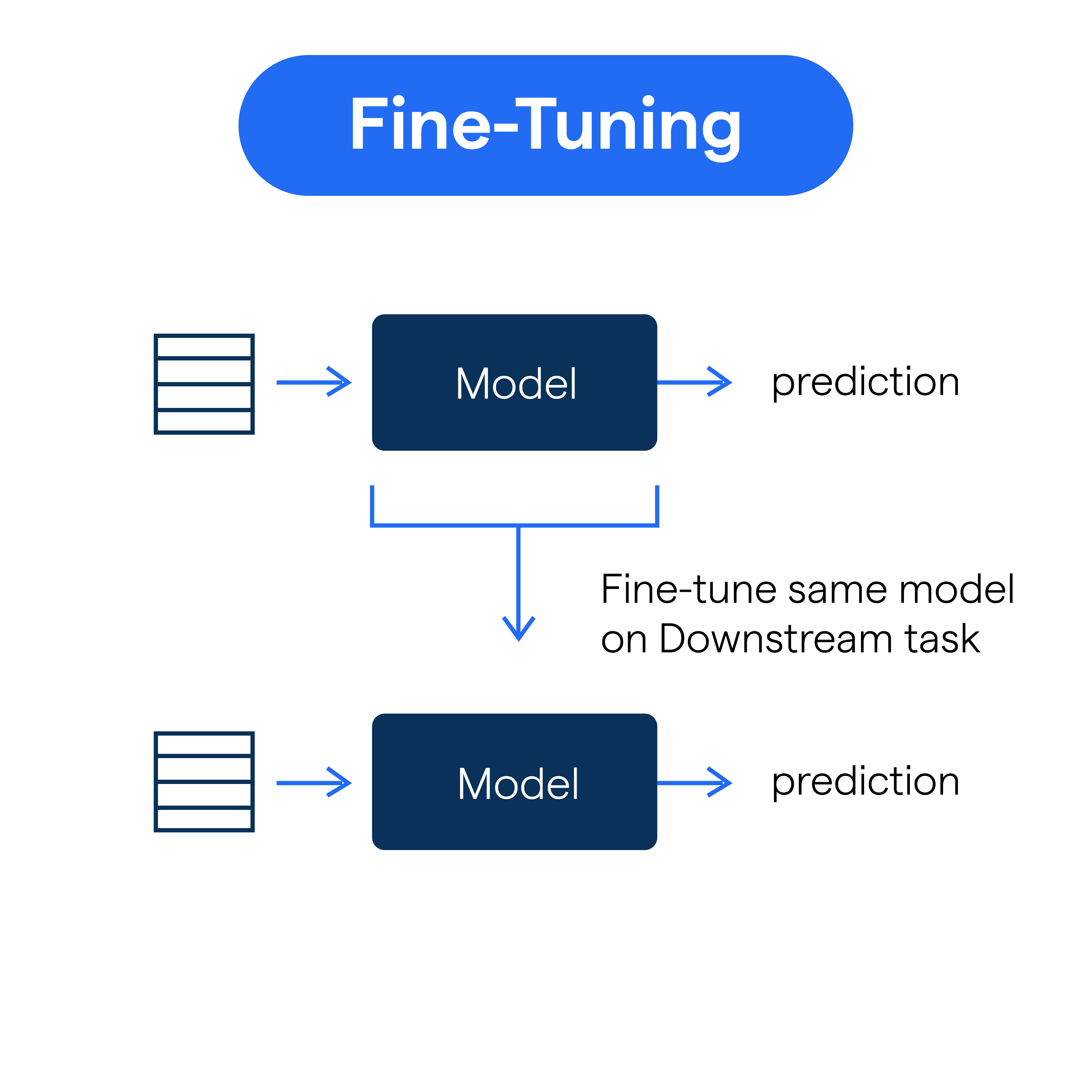
Now, the model is fine-tuned to accommodate specific tasks. The parameters of the model are altered so that it performs tasks like translation, summarization, responding to queries, or sentiment analysis effectively.
Evaluation and Testing
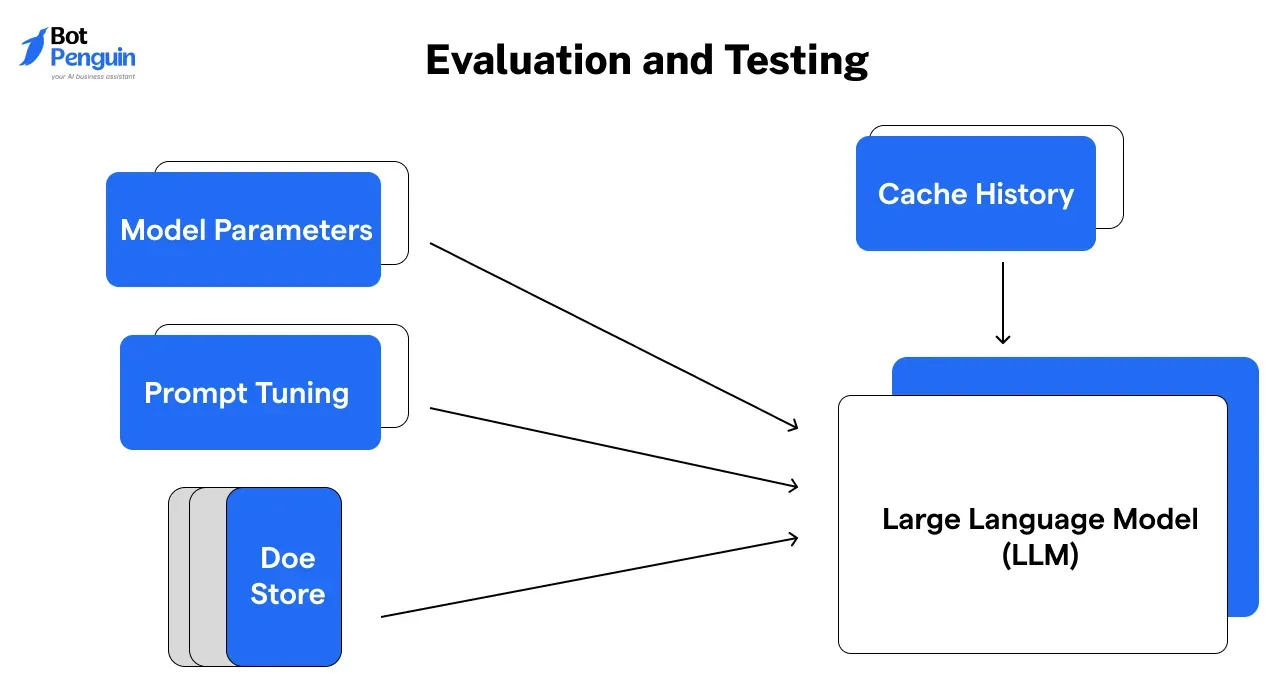
Testing and evaluation are mandatory to ensure the model functions as intended and delivers accurate results when used in practical applications. Without testing, you cannot deploy the model as it may lead to undesired consequences.
Role of Prompts in LLM

A prompt serves as the input for LLMs to generate a response. However, to get a relevant response from the model, you should provide a clear and concise prompt. Let us understand with an example.
You might provide a prompt by saying, “Provide some interesting facts about dolphins.” The LLM receives this prompt and produces relevant results. It is the prompt that helps the model to stick to the topic without deviation.
Hence, training an LLM involves following various steps from data collection to identifying patterns to evaluation and testing, which is the final step.
When you follow all these methods appropriately, you can unleash the power of LLMs for your businesses.
Key Capabilities of LLMs
LLMs have various capabilities as they are trained using vast datasets. Let us look at a few of them below.
- Text Generation: When provided with prompts, LLMs can generate logical and contextually relevant texts accordingly.
For example, when you provide a prompt asking it to write a product description for a smartphone, highlighting its features, and the target audience, LLMs will deliver results encompassing all these inputs.
- Language Translation: LLMs can accurately translate texts from one language to another. However, there is a catch.
For commonly used languages like English and French, the translation will be more reliable, because extensive datasets are available to train the models on these languages.
- Content Generation: LLMs can create human-like text, whether for drafting emails, generating articles, or even crafting code.
This ability enhances efficiency in creative and administrative tasks.
These are the key capabilities of LLMs that help businesses optimize their processes and enhance their outcomes.
Popular LLM Examples
You would have already come across ChatGPT, which uses LLMs to generate human-like text. However, in recent times more such models have also gained wide recognition. Let us consider a few of them.
GPT3
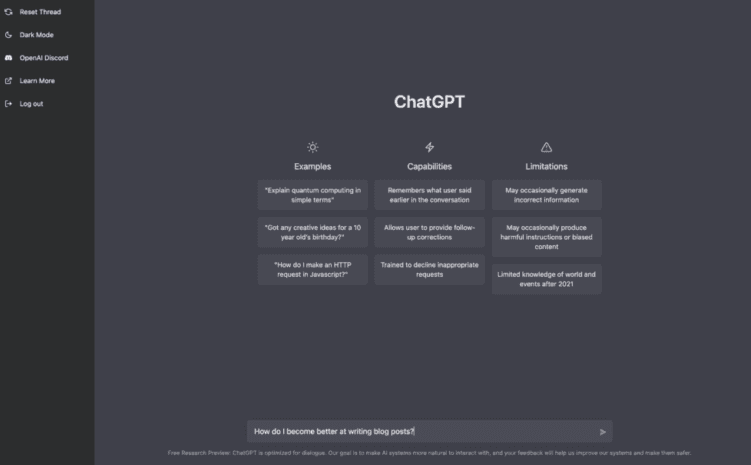
This Generative Pre-trained Transformers or GPT-3 is developed by OpenAI, and is one of the most prominent LLMs.
It excels in generating contextually relevant text, answering questions, and powering some of the best AI tools like chatbots. This model consists of 175 billion parameters.
You can fine-tune this model and customize it for specific tasks or industries.
PaLM
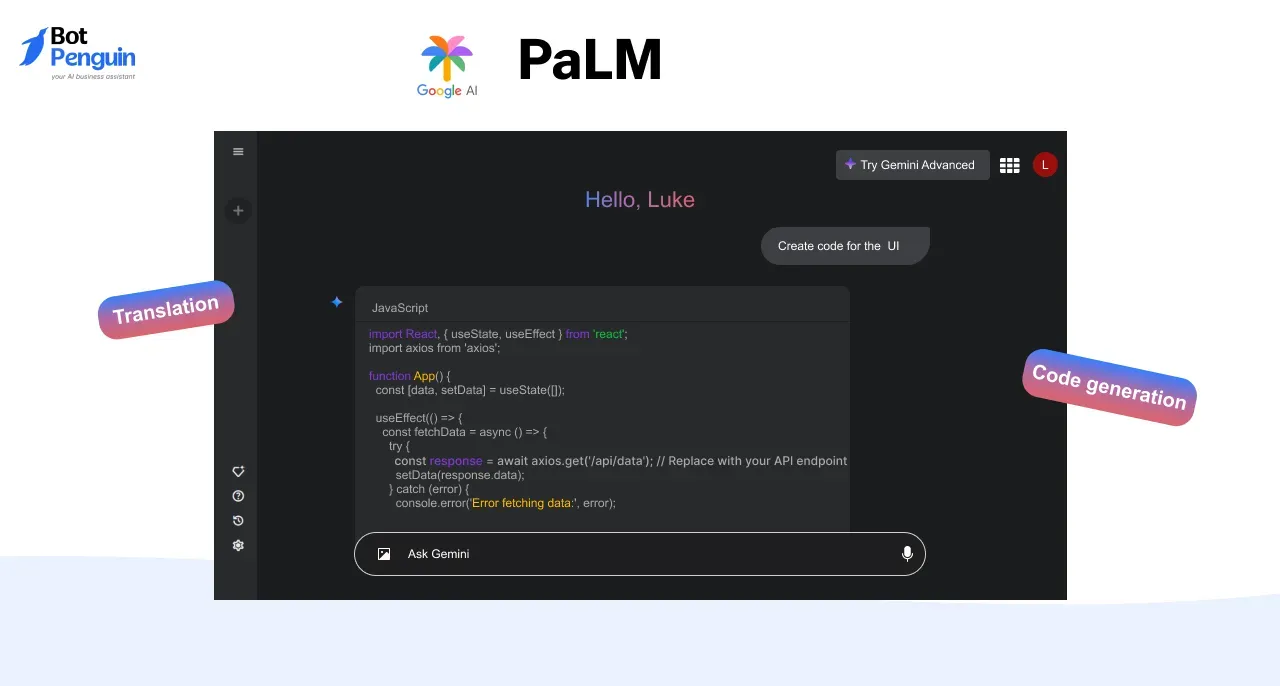
This Pathways Language Model (PaLM) is a transformer-based model. Developed by Google, you can use this model in tasks like arithmetic reasoning, code generation, and translation. It provides excellent results.
BERT
This Bidirectional Encoder Representations from Transformers (BERT) model is another transformer-based model that Google has developed.
It focuses on understanding the meaning and context of words in sentences. It is highly effective for search engines and question-answering systems.
T5
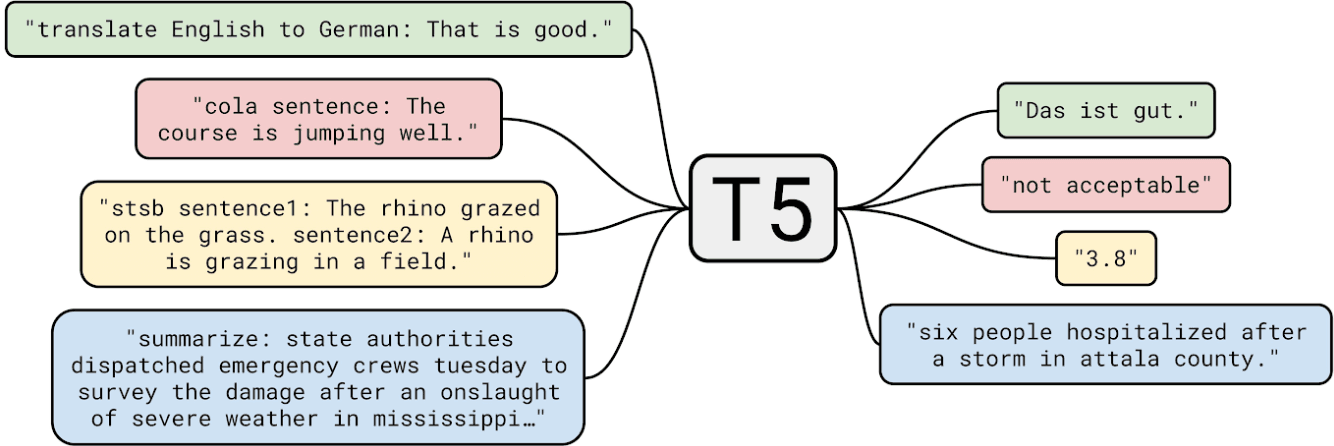
T5 or Text-to-Text Transfer Transformer treats every task as a text generation problem, making it versatile for translation, summarization, and more.
The LLMs mentioned above are some good examples to understand how significant they are to various fields, making tasks simpler and more efficient.
Benefits of LLM Integrations into Systems
LLM integrations into systems can transform how businesses and applications function.
Their advanced capabilities streamline workflows, enhance user satisfaction, and bring flexibility to various industries. Here is how LLM integration adds value to modern systems.
Enhanced Automation and Productivity
LLMs enable businesses to automate routine tasks that previously required manual intervention. From drafting emails to generating reports to managing customer inquiries, these models reduce processing time and improve efficiency.
Through LLM integration, organizations can optimize workflows, freeing up resources for more strategic tasks.
Improved User Experiences
LLMs excel at understanding and responding to human language, creating more natural and engaging interactions.
Chatbots and virtual assistants powered by the LLM API integration can provide instant, accurate responses, enhancing customer satisfaction. This capability ensures users feel understood and valued, driving brand loyalty.
Informed Decision-Making
LLMs allow businesses to identify important trends and patterns that may elude human eyes at times.
Through LLM integration, organizations can create better products, and effective marketing campaigns, which can help increase conversion rates of customers.
Through LLM integrations, businesses can streamline operations, increase customer engagement, and deliver effective outcomes.
Common Applications of LLM Integration
LLM integration has opened the door to countless practical applications across industries.
From enhancing communication to automating processes, LLMs bring advanced capabilities to solve everyday challenges. Here’s a closer look at some of their most impactful uses.
Chatbots and Virtual Assistants
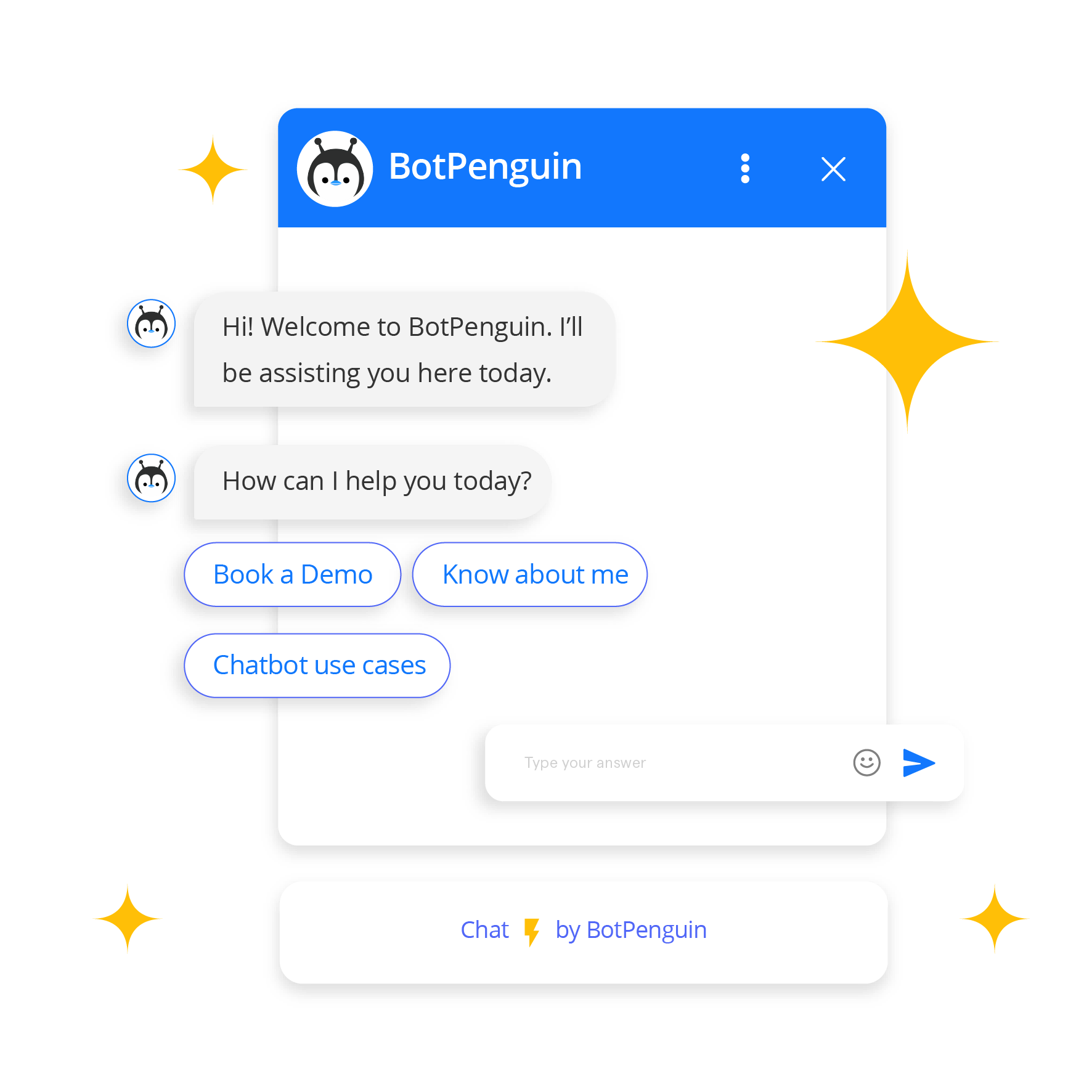
One of the most popular applications of LLM integration is powering chatbots and virtual assistants.
These AI-driven tools interact with users naturally, providing quick, accurate responses. Whether answering customer queries, guiding users through processes, or managing bookings, LLM-powered chatbots improve efficiency and customer satisfaction.
Through the best LLM API integration, companies can deploy sophisticated virtual assistants without extensive development time.
Content Generation and Summarization
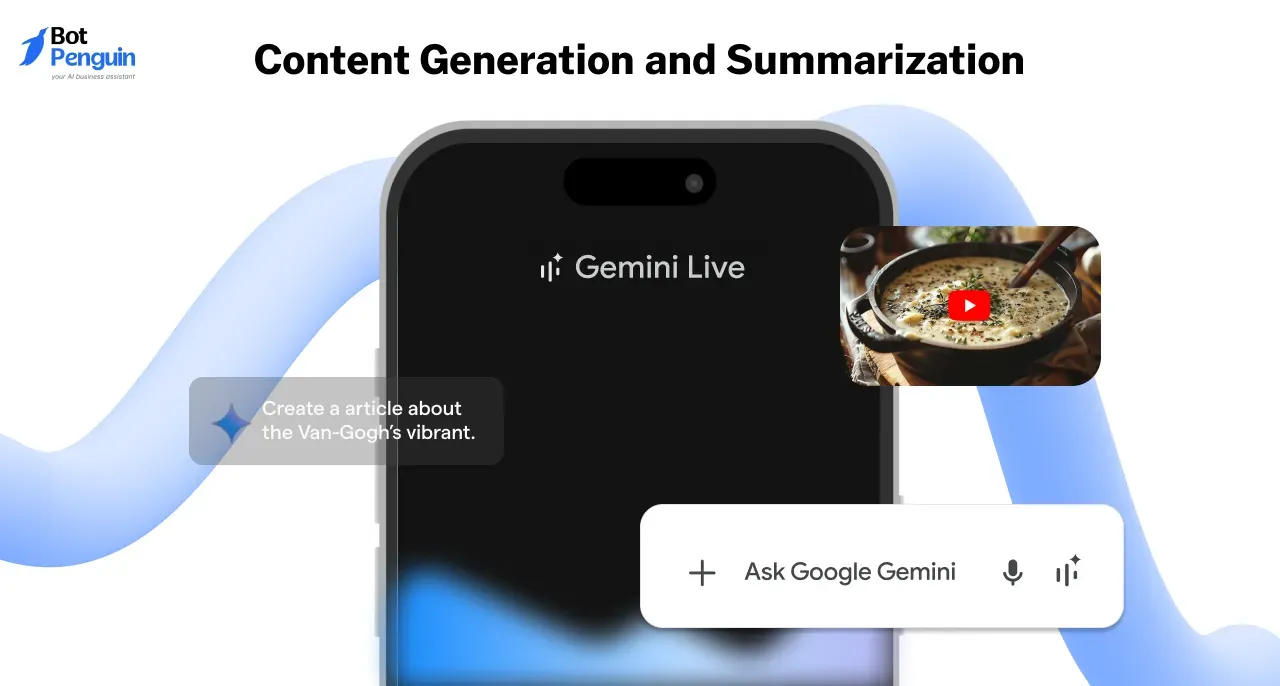
LLMs excel in creating and summarizing content. They can generate emails, reports, articles, and product descriptions with a human-like tone and accuracy.
For businesses that handle large amounts of data, these models can summarize lengthy documents into concise versions, saving time.
By integrating LLM with APIs, companies can embed these capabilities into their workflows, boosting productivity and reducing manual effort.
Predictive Analytics and Recommendations

LLMs are increasingly used in predictive analytics, where they identify patterns and provide actionable insights. For instance, they can recommend personalized content, products, or services based on user preferences.
E-commerce platforms, streaming services, and even healthcare providers benefit from these tailored recommendations. The flexibility of LLM integrations allows businesses to adapt their solutions to meet unique needs.
Workflow Automation
By automating repetitive tasks, LLMs streamline workflows and reduce operational costs. Examples include automating data entry, scheduling, and document verification.
With LLM integration, businesses can replace manual processes with intelligent automation, freeing employees to focus on more complex tasks. Many companies use the best LLM API integration to seamlessly embed automation features into existing systems.
All these applications highlight the impact of LLM integrations in businesses, changing the way they operate, making them smarter, faster, and more adaptable to the changing needs of customers.
How to Integrate LLM Models into Your System?
Implementing an LLM integration into your system might seem complex, but breaking it down into clear steps simplifies the process.
From identifying the problem to deploying and monitoring, here’s how to make it happen effectively.
Step 1
Identify the Problem
Start by understanding the specific challenges you want the LLM to address. Is it customer service, content generation, or workflow automation? Clearly define the use case and the goals for integration. This helps ensure your LLM integrations are targeted and effective.
For instance, if your goal is to improve customer interactions, a chatbot with advanced conversational abilities could be the solution. Defining this upfront avoids wasted resources.
Step 2
Choose the Right LLM
Not all LLMs are created equal. Evaluate your options based on your needs. Open-source models like GPT-J might be suitable if you have technical expertise, while commercial options like GPT (via OpenAI) offer user-friendly interfaces and support.
Consider factors like budget, accuracy, flexibility, and capability of the model. For advanced and scalable needs, using the best LLM API integration can streamline the process, allowing you to deploy features without extensive development work.
Step 3
Choose the Integration Mechanism
Your system needs the right infrastructure to support LLM integration. Hence, you can choose the option of integrating LLM with APIs or deploying the model on your system based on your requirements.
LLM API integration is simpler because the provider takes care of the infrastructure, updates, and maintenance. You only have to consider the cost requirements.
Whereas, in the latter option, you can customize the model according to your needs. Though you have to set up and maintain the infrastructure, you can have good control over costs and performance.
Step 4
Build the Infrastructure
This step is only required if you are deploying the model on your system. This is because it requires hardware with high computing power. In such cases, you can prefer hardware with GPUs.
The options for deploying include cloud-based platforms (e.g., AWS, Azure) and on-premises setups. You can choose either of them for the better performance of your model.
Step 5
Develop and Test LLM Integrations
In the development phase, set up an environment where you can configure and fine-tune the LLM. If the use case is industry-specific, consider customizing the model with additional training data.
Also, set up an error-handling mechanism so that the entire application does not end up crashing when it encounters an error.
Testing is crucial. Use practical scenarios to measure performance and identify weaknesses. For example, a customer service chatbot might be tested with different query types to ensure consistent and accurate responses. This phase ensures that your LLM integrations deliver value without glitches.
Step 6
Deploy and Monitor
Once testing is complete, deploy the LLM in your live system. Ensure smooth integration with existing tools and workflows. Post-deployment, set up monitoring to track performance, detect errors, and gather user feedback.
Continuous optimization is key. Use insights from monitoring to make iterative improvements. For example, if users highlight gaps in chatbot responses, retrain the model to address those issues. This ensures your LLM integration remains effective and evolves with user needs.
By following the steps above, you can seamlessly integrate LLM models into your system and use their potential to the maximum to boost efficiency, innovation, and rich user experience.
Challenges in LLM Integration and How to Overcome Them
Integrating Large Language Models (LLMs) into your system can be transformative, but it comes with challenges.
From managing costs to addressing data security, understanding these hurdles and how to overcome them ensures a smoother LLM integration process. Let us explore a few of them.
High Costs
One significant barrier to LLM integration is the expense. Licensing commercial models, accessing APIs, and managing computational resources can add up quickly.
Overcoming the Challenge
Start small. Implement LLM integrations on a limited scale, focusing on one or two critical use cases. This approach reduces upfront investment and allows you to measure ROI before scaling up.
Open-source models are another option, but they may require more technical expertise. For those looking for ease of use and scalability, the best LLM API integration can help reduce costs while ensuring robust performance.
Complexity
Setting up LLMs can feel overwhelming, especially for teams new to the technology.
Building the necessary infrastructure, fine-tuning models, and integrating APIs often require advanced skills.
Overcoming the Challenge
Use beginner-friendly tools and platforms. Many providers offer pre-configured APIs that simplify integrating LLM with APIs into your existing systems.
OpenAI and Hugging Face, for instance, provide intuitive interfaces and support, making the process less daunting. Collaborating with experienced developers or starting with plug-and-play solutions can also reduce complexity.
Data Privacy
Handling sensitive data with LLMs introduces privacy and compliance risks. Since these models often require access to large datasets, ensuring secure data handling is critical.
Overcoming the Challenge
Use encryption and anonymization techniques to safeguard data before processing it through the model. Choose providers that comply with regulations like GDPR or HIPAA if applicable.
Hosting models on-premises instead of relying on cloud services can provide an additional layer of control. During LLM integration, clearly define data access protocols to minimize risk.
Model Limitations
While LLMs are powerful, they aren’t perfect. They can misunderstand context, generate irrelevant responses, or fail in highly specialized tasks.
Overcoming the Challenge
Understand the limitations of LLMs before implementation. Evaluate whether the model suits your specific use case.
For instance, if the task requires decision-making or niche expertise, a rule-based system or hybrid approach might be more effective. Regularly test and fine-tune models to improve their performance and adapt them to your system's needs.
These are some challenges you may encounter in LLM integration. However, addressing them appropriately can make overcoming these challenges a straightforward process.
Tools and Resources for LLM Integration
When implementing LLM integration, having the right tools and resources can simplify the process and enhance efficiency.
From APIs to community tutorials, these options help make LLM integrations accessible for both beginners and experts.
APIs
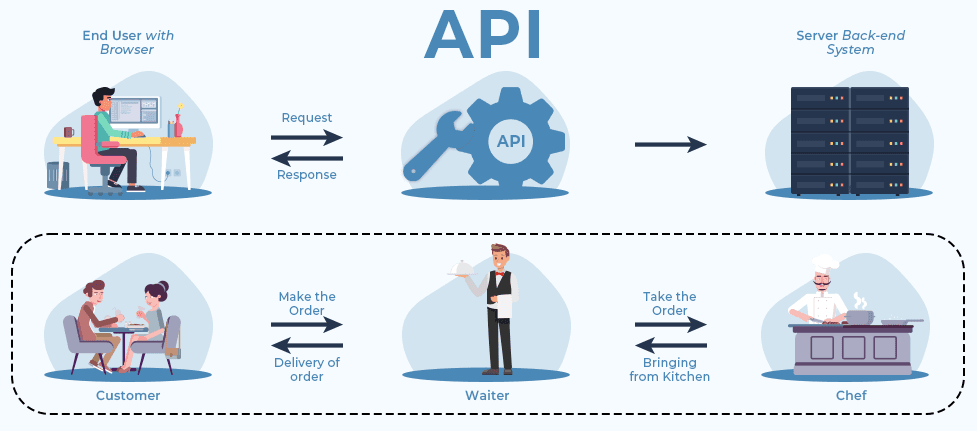
APIs are the easiest way to connect your system to powerful LLMs without extensive development. They allow you to use pre-trained models with minimal setup.
OpenAI API: A popular choice for businesses looking for the best LLM API integration. It offers robust capabilities for tasks like natural language understanding and content generation.
Google Cloud AI: Provides scalable LLM capabilities integrated with Google’s cloud infrastructure, suitable for enterprises.
These APIs streamline integrating LLM with APIs, making advanced models accessible without deep technical expertise.
Frameworks
For those looking to customize or build their own LLMs, machine learning frameworks are essential.
TensorFlow: A versatile framework suitable for training and deploying large-scale models.
PyTorch: Widely used in research and production, PyTorch offers flexibility for customizing models and workflows.
Both frameworks support fine-tuning pre-trained models, allowing businesses to create tailored LLM integrations that meet their specific needs.
Platforms for No-Code/Low-Code Integration
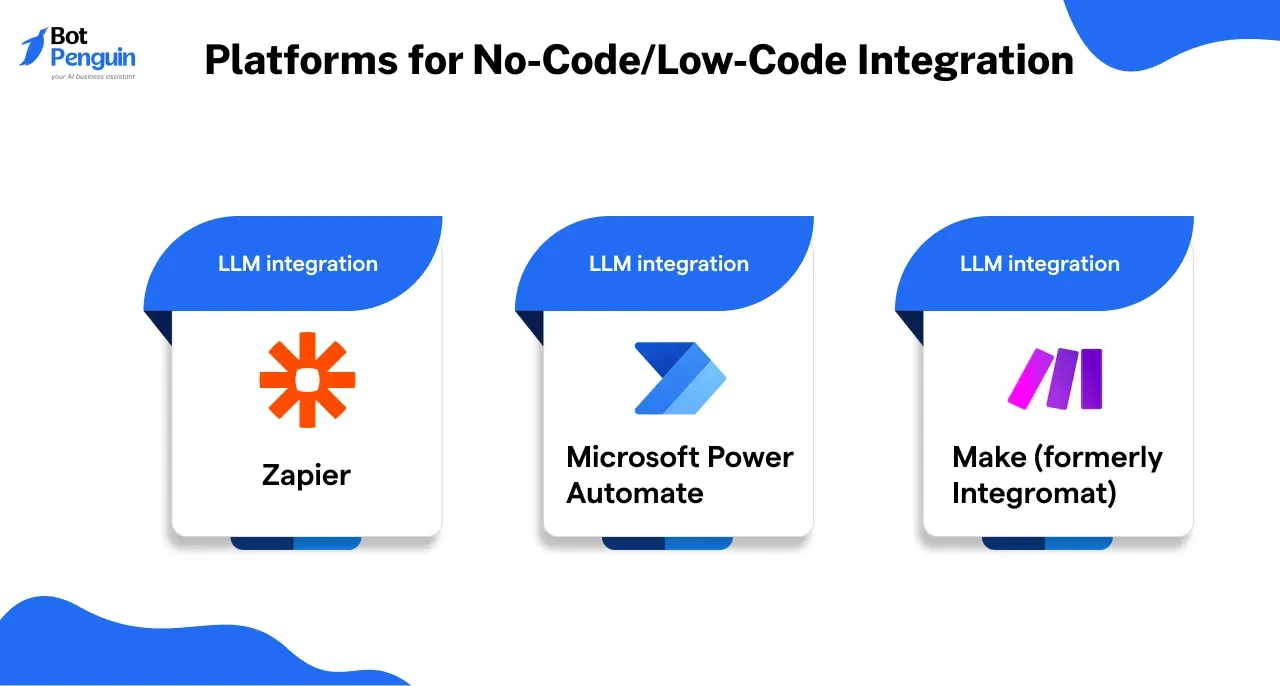
Not all teams have the resources for full-scale development. No-code and low-code platforms make LLM integration accessible to non-technical users. A few of them are given below.
- Zapier: Automates workflows by connecting LLM APIs with other tools.
- Microsoft Power Automate: Provides simple integration options for businesses using Microsoft’s ecosystem.
- Make (formerly Integromat): Offers visual tools for creating complex workflows with minimal coding.
These platforms make integrating LLM with APIs as simple as dragging and dropping components.
With such right tools and resources, LLM integration becomes simpler, allowing businesses to use its full potential.
Success Stories of LLM Integration
Implementations of LLM integration in practical applications demonstrate its transformative power across industries.
By exploring these success stories, we can uncover how businesses achieved tangible results and gained valuable insights from their adoption of LLMs.
Healthcare: Streamlining Documentation
The Mayo Clinic implemented LLM integrations to automate medical documentation.
By using OpenAI’s API, they reduced the time doctors spent on paperwork, allowing them to focus more on patient care. This integration also minimized errors in medical records, enhancing overall efficiency.
E-commerce: Enhancing Customer Interaction
Etsy integrated GPT-powered chatbots to handle customer inquiries. By applying the best LLM API integration, they improved response accuracy and reduced wait times.
The result was a better user experience and increased customer satisfaction, directly impacting sales.
Education: Personalized Learning Tools
Duolingo incorporated LLM integrations to create personalized learning experiences. The model adapts to user mistakes, providing tailored lessons and feedback.
This implementation significantly improved user engagement and learning outcomes.
These are some inspiring stories that highlight how LLM integration can boost efficiency, enhance customer experiences, and create personalized solutions.
Case Studies That Show ROI and Improved Efficiency With LLM Integration
According to Medium, LLM integrations automate the customer service process and resolve 30% to 50% of issues through automated chat.
The results were outstanding and predicted an ROI of more than 50%. Let us explore a few case studies below.
Financial Services: Fraud Detection
JPMorgan Chase utilized LLMs for fraud detection by analyzing patterns in transactional data.
The integration led to faster identification of suspicious activities, reducing potential financial losses. The ROI was evident through improved security and lower costs associated with fraud mitigation.
Media: Automated Content Creation
The Washington Post employed an LLM to generate sports updates and financial reports during live events. This reduced reliance on manual efforts, saving time and resources.
The automation proved particularly useful for covering high-volume, time-sensitive events.
The case studies highlight the importance of LLM integration in businesses, showcasing how it not only increases efficiency but also delivers good ROI to businesses.
Future of LLM Integration
As LLM integration continues to evolve, new trends and advancements are reshaping the possibilities for AI-powered systems.
From emerging applications to ethical considerations, the future promises both innovation and responsibility. Let us visit a few of them below.
Domain Specific LLMs
Though models like GPT-3 are versatile, the growing demand for LLM integration customized to particular use cases or industries still exists.
In such cases, domain-specific models can be developed by training them on data specific to industries like healthcare, finance, etc, thereby enhancing the accuracy and reliability of their outputs.
Multimodal Models
Multimodal LLMs are anticipated to gain more importance as the model evolves. They can integrate various data types like text, images, and audio, and when visual or audio content is provided, they can easily interpret them and generate language.
Such LLM integration can be useful in industries like entertainment, e-commerce, and healthcare.
Smaller Models
Huge computational power and energy are required to operate large-scale LLM models like GPT-3.
However, future advancements in LLM integration might try and reduce the size and complexity of these models while keeping their performances intact. This will result in small-scale LLMs that can be used in a wide range of devices.
The future of LLM integration promises exciting possibilities and more accessible solutions, providing significant benefits to businesses.
The Growing Importance of Ethical AI in LLM Integration Projects
As LLMs become more ingrained in daily life, ethical considerations are paramount. Companies like Microsoft and OpenAI are prioritizing fairness, transparency, and bias reduction in their models.
Also, following techniques like bias mitigation, and dataset curation can greatly help in reducing ethical issues.
For example, OpenAI recently implemented stricter guidelines for integrating LLM with APIs to ensure ethical use.
Conclusion
LLM integration is transforming industries by enabling smarter, faster, and more efficient systems. From automating workflows to enhancing customer experiences, the potential is vast.
As businesses adopt this technology, tools like BotPenguin make the process simpler.
BotPenguin, a no-code AI chatbot maker platform, allows businesses to effortlessly integrate AI into their systems. Whether improving customer interactions or automating support tasks, BotPenguin helps organizations achieve more without the need for technical expertise.
With solutions like this, businesses of any size can harness the power of LLM integrations and stay ahead in the AI-driven future.
Frequently Asked Questions (FAQs)
What is LLM integration?
LLM integration involves embedding Large Language Models into applications or systems to enhance tasks like natural language understanding, content generation, and automation, making AI-powered solutions more effective and user-friendly.
Why are LLMs important for businesses?
LLMs enable automation, improve user experiences, and provide insights through advanced language understanding and generation.
Their versatility makes them valuable across industries like healthcare, customer service, and e-commerce.
How do I start LLM integrations into my system?
You can begin by identifying the use case, selecting a suitable LLM, setting up infrastructure, testing performance, and deploying the solution while monitoring results to refine over time.
What tools are available for LLM integration?
APIs like OpenAI, Hugging Face, and Google Cloud AI, frameworks like TensorFlow and PyTorch, and low-code platforms like BotPenguin simplify LLM integration for businesses.
What are common challenges in LLM integration?
Challenges include integration complexity, data privacy concerns, scalability, bias, and maintenance. Solutions involve starting small, using beginner-friendly tools, and ensuring compliance with security regulations.
What industries benefit most from LLM integrations?
Healthcare, e-commerce, education, media, and financial services see significant benefits from using LLMs for automation, and personalized user experiences.


